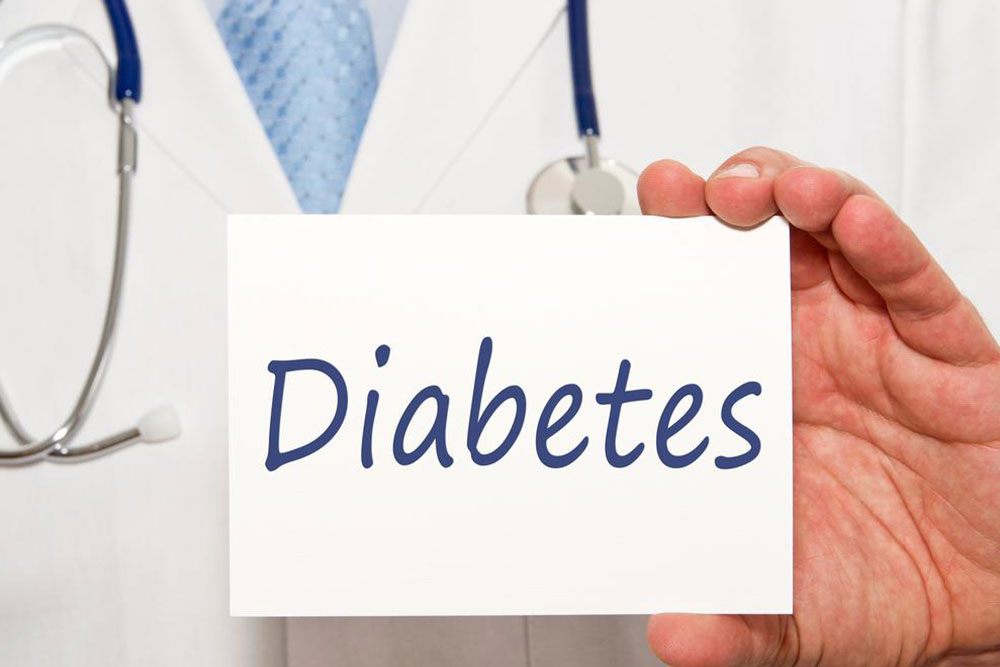Understanding Ectopic Pregnancy: Key Signs and Risk Factors
This article provides a comprehensive overview of ectopic pregnancy, highlighting key symptoms, signs, and risk factors. Understanding these aspects helps in early detection and timely treatment of this potentially dangerous condition.

An ectopic pregnancy occurs when a fertilized egg attaches outside the uterine cavity, most commonly in the fallopian tubes. This condition cannot result in a viable birth, and prompt medical intervention is essential. Globally, about 2% of pregnancies are ectopic, requiring careful diagnosis and treatment. Early symptoms mimic those of normal pregnancy, including missed periods, breast tenderness, fatigue, nausea, and increased urination. As the pregnancy advances, symptoms such as vaginal bleeding, pelvic pain, shock signs, and internal bleeding may develop. Risk factors include past ectopic pregnancies, tubal infections from gonorrhea or chlamydia, fertility treatments, structural tube damage, and certain contraceptive methods. Recognizing these indicators early can prevent life-threatening complications.










